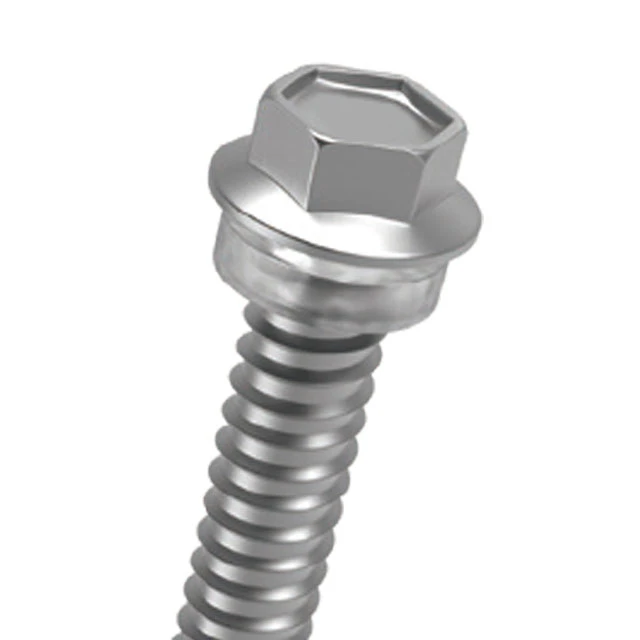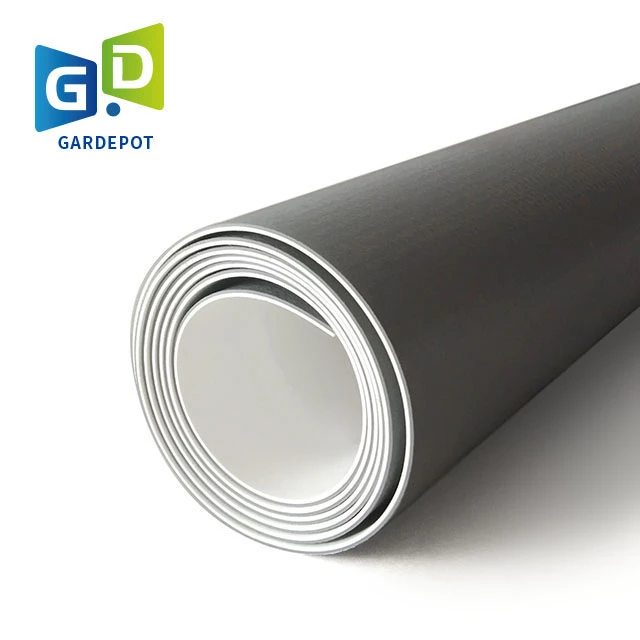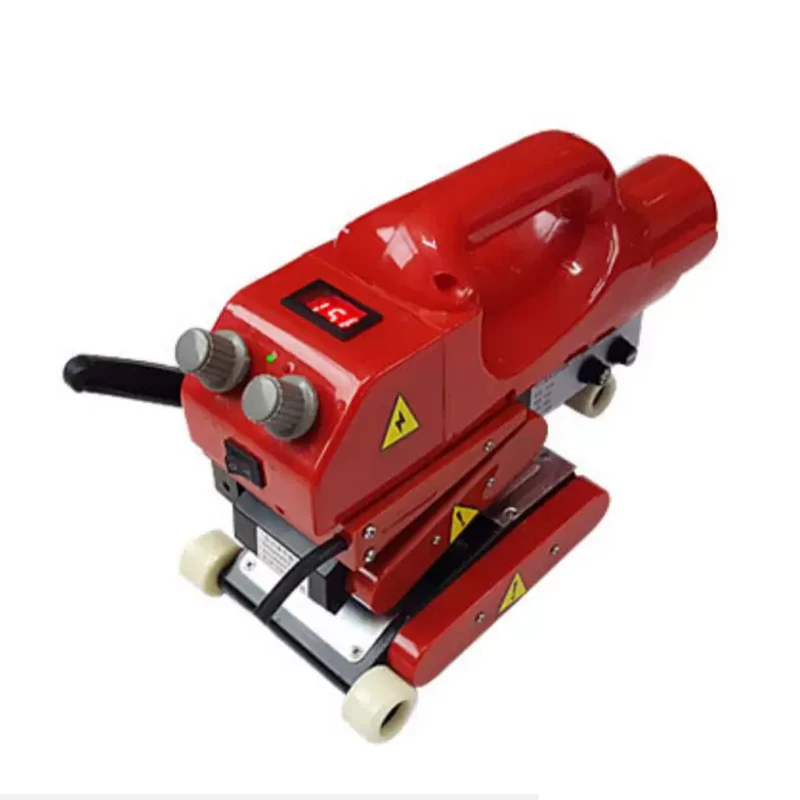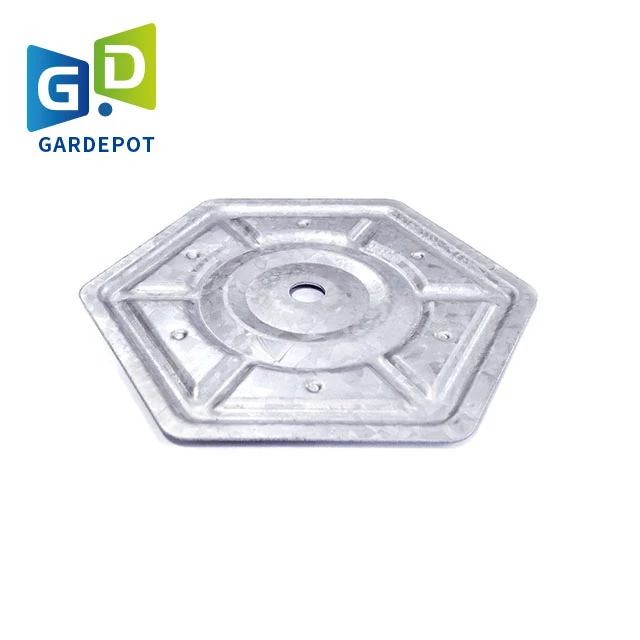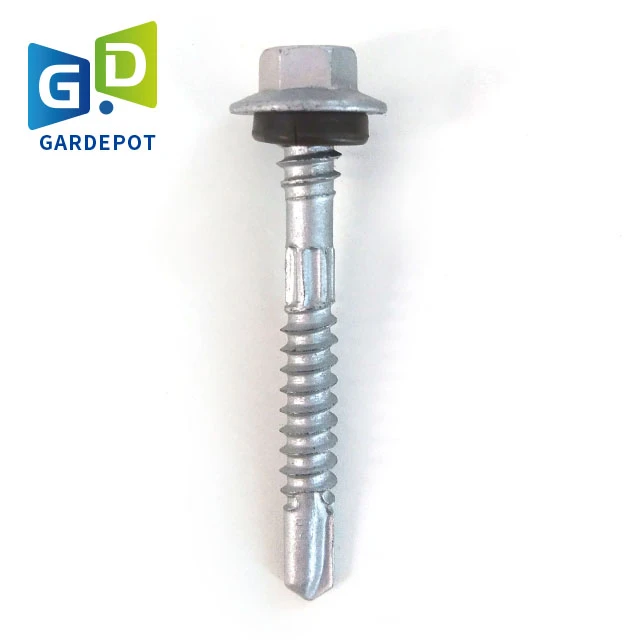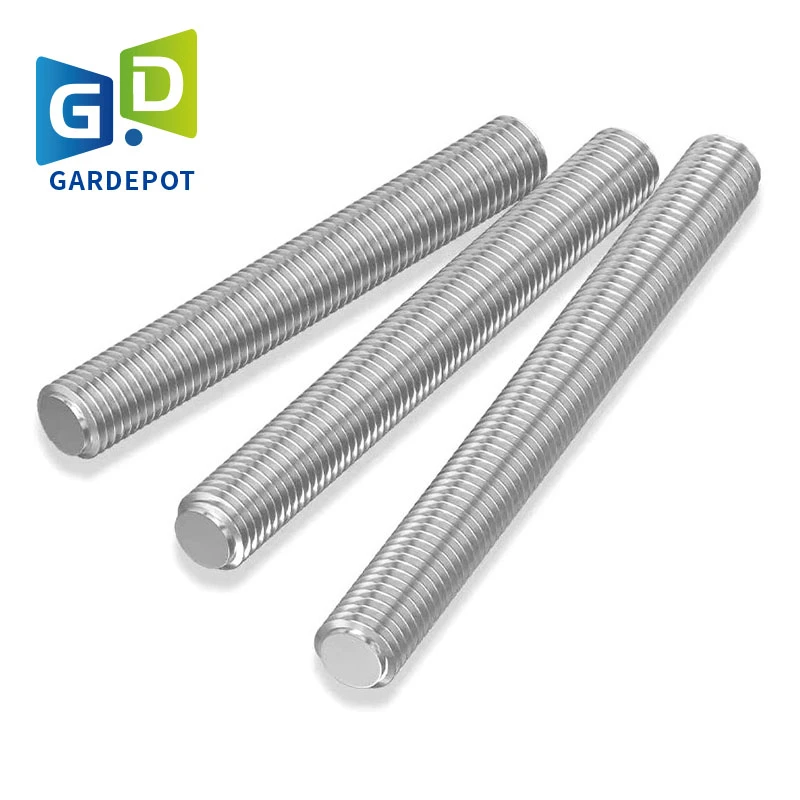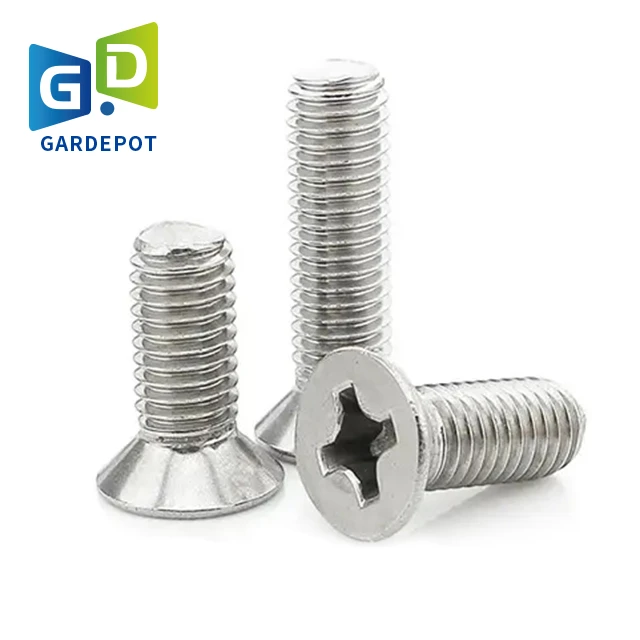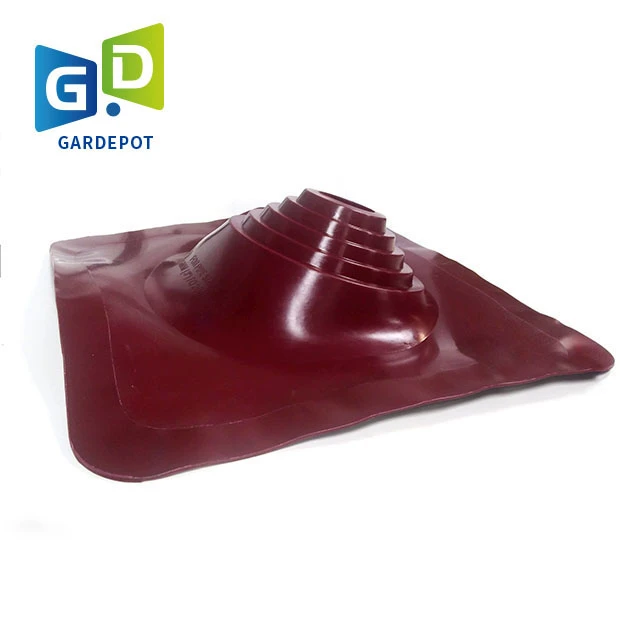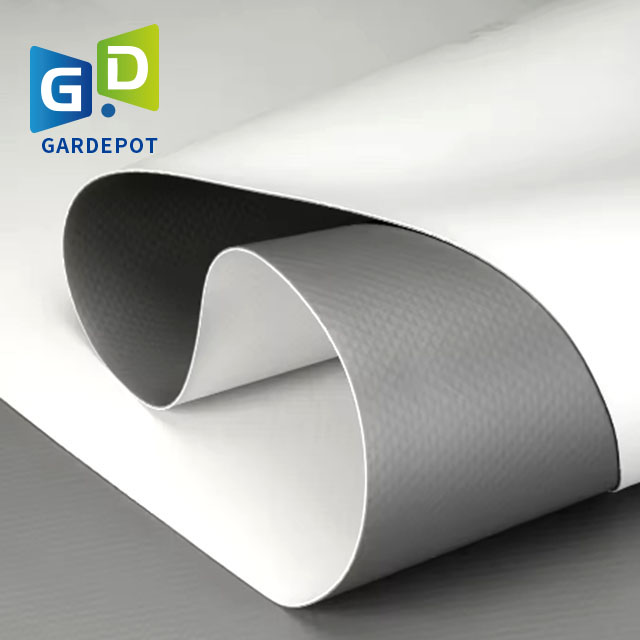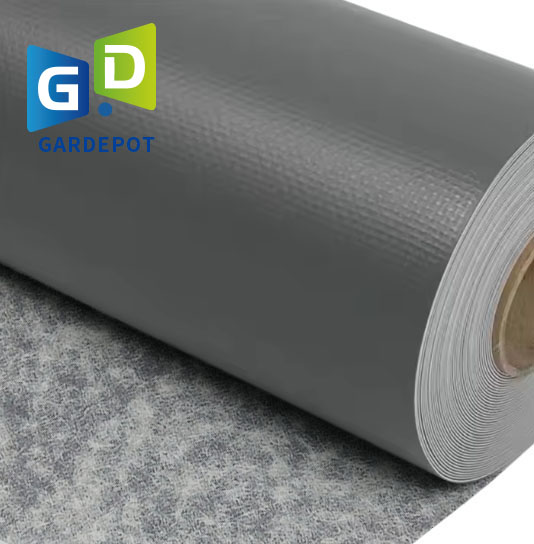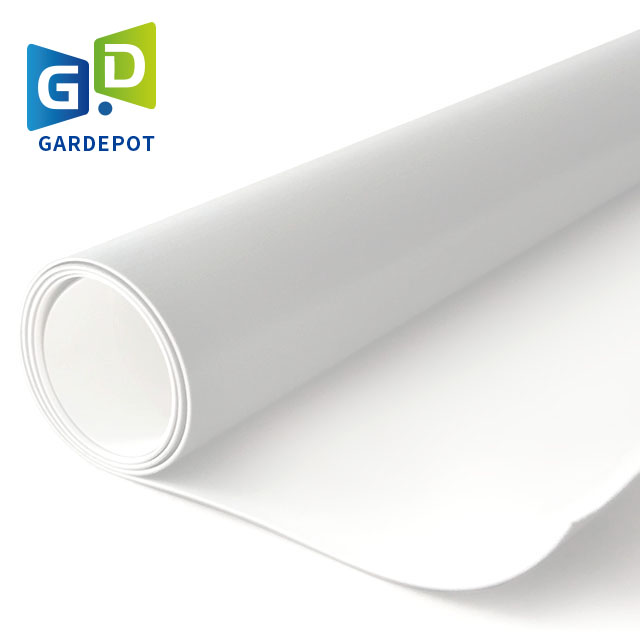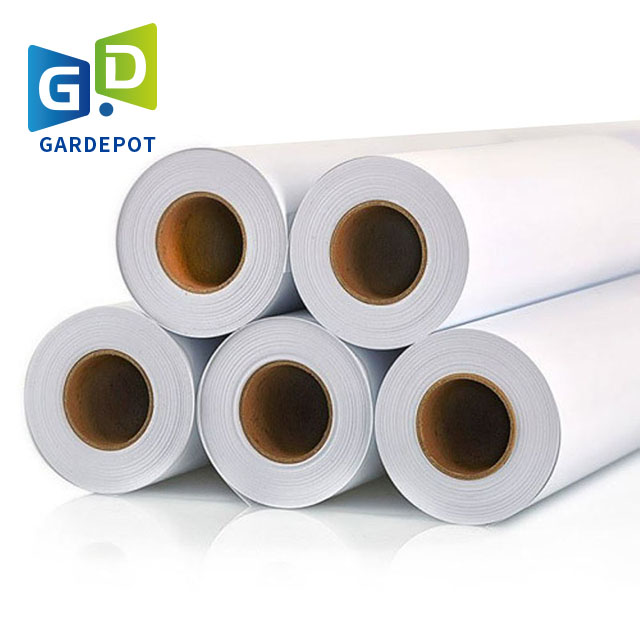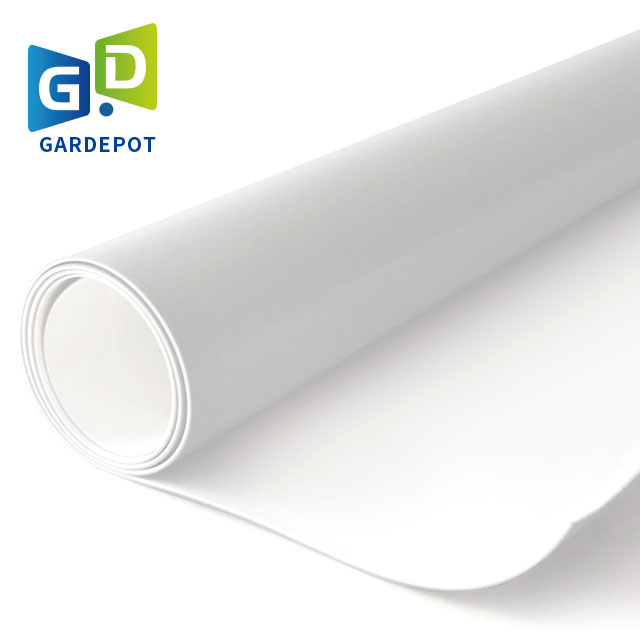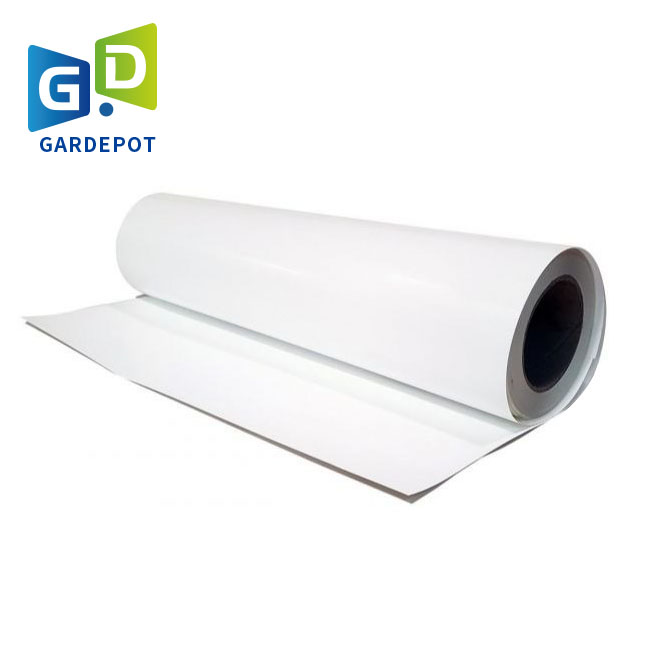Hex Lock Nut Dimensions Chart ASME/DIN Standards & Sizes
- Introduction to Hex Lock Nuts and Importance of Standardization
- Engineering Advantages: Material Strength Analysis
- Global Standards Comparison: ASME vs. DIN vs. ISO
- Manufacturer Showcase: Technical Specifications Analysis
- Custom Solutions for Specialized Applications
- Industrial Case Studies: Performance Data Insights
- Conclusion: Utilizing the Complete Hex Lock Nut Dimensions Chart
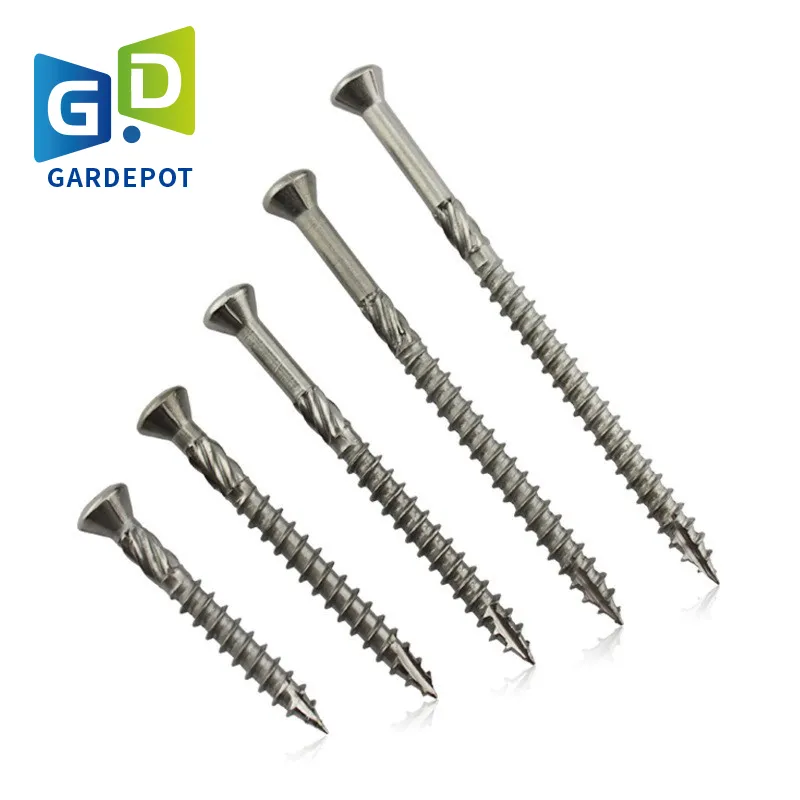
(hex lock nut dimensions chart)
Understanding Hex Lock Nut Fundamentals Through Standard Dimensions
Hex lock nuts, identified by their unique nylon inserts or deformed threads, provide vibration resistance critical in machinery assembly. Standardized dimensions ensure compatibility across industries from aerospace to automotive manufacturing. The ASME B18.16.3 specification governs prevailing US standards, while ISO 7040 sets international benchmarks with M6 to M24 size ranges. Metric dimensions typically feature pitch variations between 1mm to 3mm depending on application torque requirements.
Engineering Analysis of Locking Mechanisms
Advanced nylon inserts demonstrate remarkable durability with operating temperatures from -40°C to +120°C while maintaining compression forces. Laboratory stress testing reveals:
- Grade 8 hex nuts withstand tensile stress up to 150,000 psi
- Nylon inserts maintain 75% retention after 10 removal cycles
- Anti-loosening torque values exceed standard nuts by 300%
Manufacturers now incorporate surface treatments like zinc-nickel plating, providing corrosion resistance exceeding 1,000 salt spray hours per ASTM B117 standards without compromising thread integrity.
Global Standards Comparison
Technical variances between specifications influence critical project decisions:
| Standard | Width Flats (mm) | Height (mm) | Thread Pitch | Proof Load (MPa) |
|---|---|---|---|---|
| ASME B18.2.2 | 13.2–32.4 | 6.1–19.8 | UNC/UNF | 585 |
| ISO 7040 | 10.0–36.0 | 5.0–18.7 | M6–M24 | 600 |
| DIN 985 | 8.0–30.7 | 4.3–18.7 | Fine pitch | 625 |
Manufacturer Technical Specifications
Material choices directly impact performance in demanding environments:
- Stainless Steel A2/A4: Corrosion resistance for marine applications
- Alloy Steel Grade 8: 150ksi tensile strength for structural loads
- Brass C360: Non-sparking properties for explosive atmospheres
Leading manufacturers like Midwest Fastener Corp provide specialized coatings including Magni 565® (12µm thickness) that reduces friction coefficient to 0.10 while improving temperature resilience.
Bespoke Engineering Solutions
Special applications require tailored dimension profiles beyond standard tables:
- Reduced head height (minimum 3.5mm) for confined turbine assemblies
- Non-standard thread angles (60° instead of 55°) for legacy equipment
- Counterbore modifications accommodating 15° panel angles
Precision CNC machining enables deviation tolerances within ±0.001" while maintaining nylon insert functionality.
Performance Validation Through Case Studies
Real-world implementations demonstrate technical superiority:
Wind Turbine Installation - Norway:
- 41,000 lock nuts installed across 32 turbines
- 0 fastener failures after 18 months of operation
- Vibration resistance maintained at 125mph wind speeds
Automotive Testing - Germany:
- M10 nylon insert nuts tested for suspension assembly
- Maintained clamp load through 5 million vibration cycles
Accessing Comprehensive Hex Lock Nut Dimensions Chart Resources
The complete hex lock nut dimensions chart
serves as an indispensable engineering reference for critical applications. When selecting appropriate specifications, account for environmental factors like thermal expansion coefficients and galvanic corrosion potentials. ISO-compliant technical drawings detailing chamfer angles, washer face thicknesses, and thread runouts should accompany dimensional data. Proper application requires correlating bolt grade, surface finish, and installation torque values to documented standards (ASME PCC-1 or EN 14399).

(hex lock nut dimensions chart)
FAQS on hex lock nut dimensions chart
Q: Where can I find a hex lock nut dimensions chart?
A: A hex lock nut dimensions chart is available in engineering standards like ASTM A194 or ISO 7040. It lists thread size, width across flats, and thickness. Manufacturers or industrial supply websites often provide downloadable charts.
Q: What standards define hex lock nut dimensions?
A: Common standards include ASTM A194, ISO 7040, and DIN 985. These specify thread pitch, outer diameter, and wrench size requirements. Always verify the standard applicable to your region or industry.
Q: How do hex lock nut dimensions differ from standard hex nuts?
A: Hex lock nuts typically have a taller height to accommodate the locking mechanism (e.g., nylon insert). Their width across flats usually matches standard hex nuts. Check specific charts to compare exact measurements.
Q: Are hex lock nut dimensions universal across all manufacturers?
A: No, minor variations may exist based on design or regional standards. Always refer to the manufacturer’s specifications for precise dimensions. ISO and ASTM standards help ensure global compatibility.
Q: What key dimensions are listed in a hex lock nut chart?
A: Charts include thread diameter, pitch, width across flats (wrench size), thickness, and nylon insert position (if applicable). Measurements are provided in both metric and imperial units for cross-reference.

